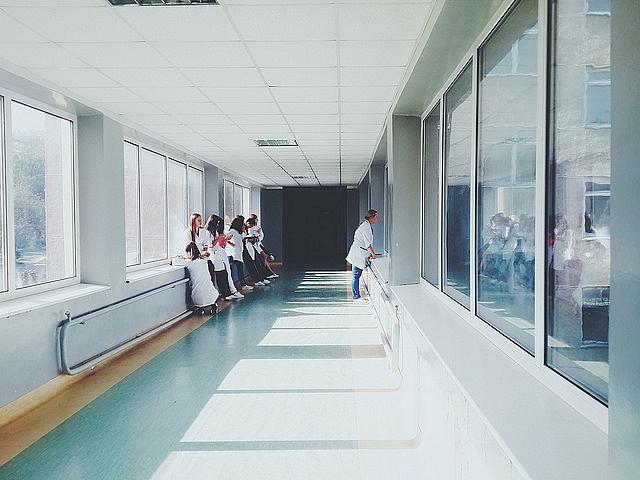Why is violence a part of the job in health care?

Violence against health care workers is very much a part of the job, but it's not always an obvious aspect to outsiders.
The U.S. Department of Labor’s Occupational Safety and Health Administration reported in 2015 that “health care workers are at an increased risk for workplace violence.” They found that as of 2013, violent incidents were four times more common in health care workplaces, compared to private industry overall. And that’s only taking into account violence that was reported.
A survey of Minnesota nurses found that experiencing physical and non-physical violence is common. In one set of data, non-physical violence, including verbal abuse and bullying, went unreported 50 percent of the time.
Many of these violent incidents are from patients (80 percent) and the rest come from others, including visitors and coworkers. The underreporting of incidents could be attributed in some cases to poor workplace policy, lack of faith in the system, or a fear of retaliation.
At the same time, many in health care know that they are treating sick people. Whether that means mental or physical illness, employees sometimes choose not to report an incident because they are contending with a will to “do no harm” to patients.
Although it’s unclear just how pervasive violence really is, certain incidents have brought violence in health care settings to the attention of state legislators and national media.
Some states are taking notice. In 2016, California passed a new rule that requires hospitals and other health care workplaces to create violence prevention protocols with employee input for dealing with incidents. Such new policies had to be implemented by April 2017.
For the 2018 California Fellowship, I will report on the prevalence of violence in health care workplaces by producing a three-part series of audio stories to air on Valley Public Radio. Each will discuss a facet of the issue and what is being done to address it. The stories will introduce the issue, look at specific incidents, and ask hospitals and health care facilities how they deal with and prepare their employees for violent incidents.
I plan to interview local hospital and health care facility administrators to ask how they mitigate or prevent violence in the workplace. I will also interview educators from local universities to understand if and how students pursuing careers in the medical field are prepared to deal with violent situations. I will also interview students who are already interning in medical settings about their expectations or experiences of violence in the workplace.
Through my reporting, I hope to understand better how violence occurs and how it can be prevented in health care settings.
[Photo by Hamza Butt via Flickr.]

